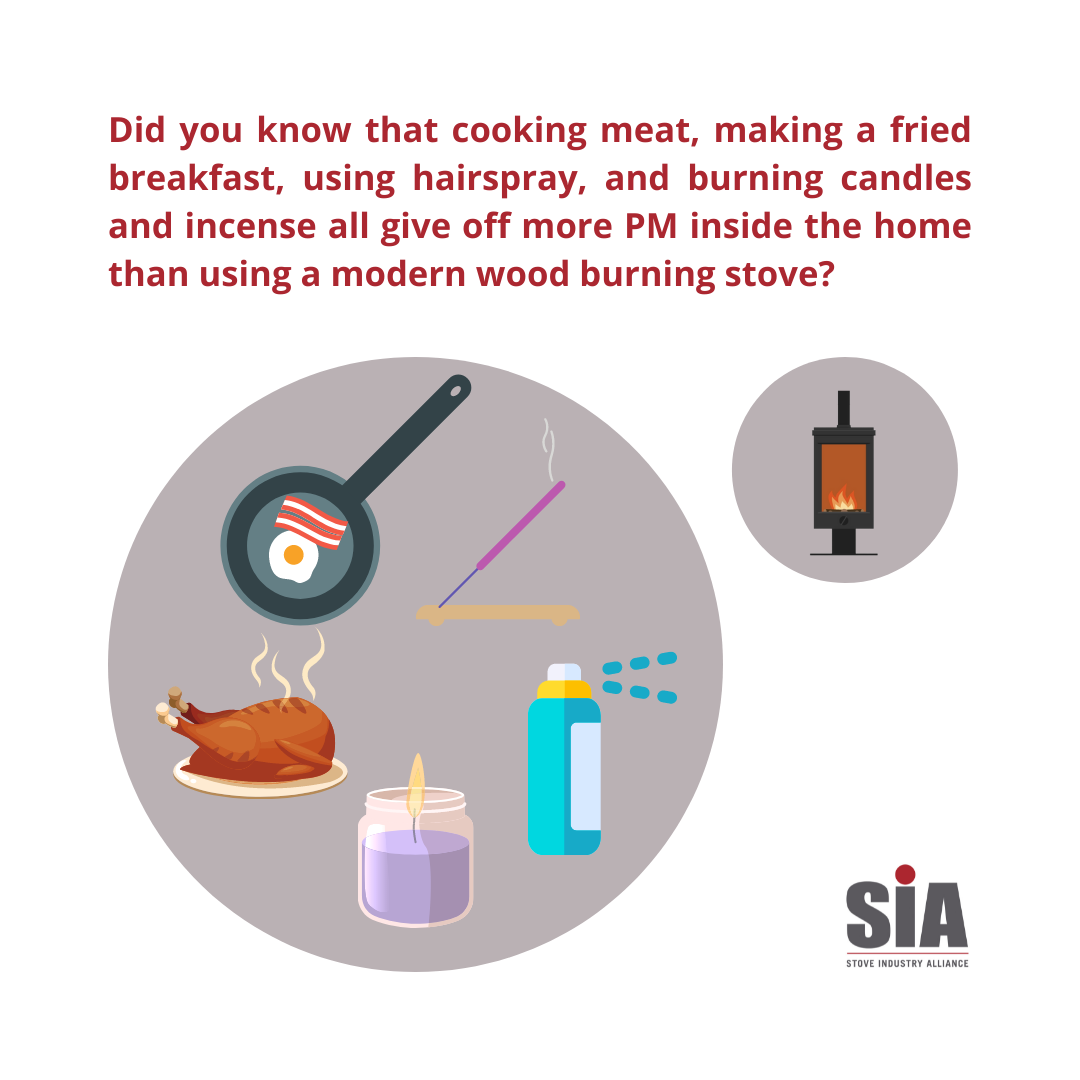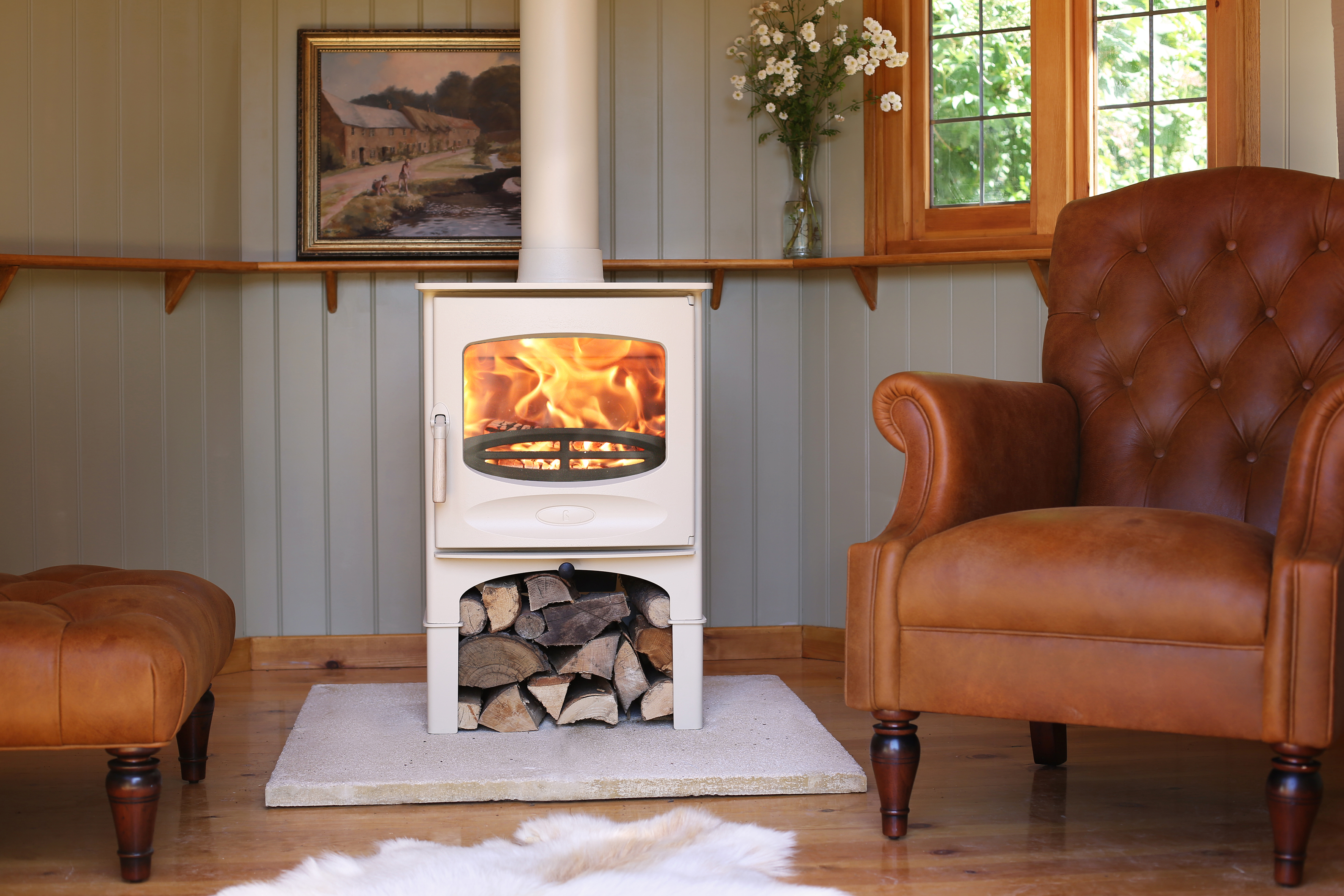In the ongoing debate over air quality and PM2.5 emissions, modern wood-burning stoves often face unfair criticism. The root of the issue lies in the unfortunate lumping together of modern ultra-efficient stoves with their vastly more polluting counterparts—open fires, outdoor bonfires and old, poorly maintained stoves. Today, we turn our attention to the latest report, released by the Environmental Research Group.
Anti-woodburning groups have previously drawn on questionable data often not recognising the crucial distinctions between various types of wood-burning. However, there is a glimmer of progress, as this latest report at least acknowledges some of the benefits of ultra-efficient stoves and that ClearSkies 5 Stoves can in fact improve indoor and outdoor air quality. This is a step in the right direction.
Key Findings from the London Wood-Burning Project:
On page 71 of the 127-page report, we find the page titled Key Findings. Below are the 4 crucial pieces of information from this page:
1/ Use of the clearSkies Level5 stove demonstrated some benefits for indoor air quality. Indoor PM2.5 did not increase when adding fuel to the stove once lit… At times there was actually a decrease in indoor concentrations of PM2.5 when adding fuel.
As we have long pointed out, a properly functioning wood stove draws particulates out of the room and up the flue, helping improve air quality and ventilation in the home. The stove used in this study was our Charnwood C-Five.
2/ Increases in pollutant concentrations may be more affected by participant technique or specific airflow characteristics of an individual appliance, rather than to the type of appliance or fuel.
We always encourage best stove practices and will continue to do our level best to educate new and existing customers and beyond.
3/ However, the biggest increases in PM2.5 concentrations indoors did not relate to indoor wood or solid-fuel burning but instead were a result of cooking, especially frying, grilling and use of the oven, and particularly when the extraction fan was not used.
Again, we have tried to communicate this fact for a long time, as it really provides perspective on the issue of PM 2.5 in the home. A slice of burnt toast or your Sunday lunch can contribute far more than a wood-burning stove.

4/ The PM2.5 increase measured outdoors, due to the non-DEFRA exempt stove, was double the increase due to the clearSkies Level 5 stove. 50 μg m-3 and approx. 25 μg m-3
The methodology used to gather this data from the environment, again, can not adequately separate the different sources of PM2.5 in the tested areas. It is subject to error from many environmental factors, such as road traffic, construction, manufacturing, and other industrial processes.
However, this data does still accept that a modern ClearSkies 5 stove significantly reduces emissions. We have rigorously tested all Charnwood stoves and when ensuring best stove practices and using seasoned wood with a moisture content of less than 20%, emissions can be reduced by up to 90% in comparison with an open fire. This provides an exceptionally clean burn!
Differentiating Wood-Burning Practices:
It is essential to differentiate between various forms of wood-burning. The UK government’s 2020 figures highlight that Ecodesign-compliant stoves contribute only 1-2% to PM2.5 emissions, a fraction compared to other sources. ClearSkies Level 5 stoves, surpass Ecodesign standards, offering a further reduction in emissions by up to 30%!
This is where the anti-wood-burning stove movement has gotten it so wrong in the past. By not differentiating accurately between different wood-burning practices they have missed the opportunity to really help reduce PM 2.5 emissions with a solution that has been proven to work – modern ultra-efficient stoves.
In London 70% of wood burning still occurs on open fires. If people were widely encouraged to switch to one of the many modern and efficient wood burning stoves available, it would massively reduce urban PM 2.5 emissions. The emissions of 70% of London Wood burning could be reduced by 90%!
Wood-Burning Stove’s Co-Heating Future
Heat pumps, solar and wind energy, have positive qualities, but are simply not sufficient to meet our home heating needs on their own. This is particularly true for the vast amount of older housing stock across the UK. Wood-burning stoves can increase the uptake of other renewables by providing energy security and filling the gaps in power.
Below is a link to an article which comprehensively explains why modern wood-burning stoves will be an essential heating solution long into the future.
Wood-Burning Stove’s Co-Heating Future (A Nuanced Look At PM 2.5 Emissions)
____________
With gas and electricity prices set to increase even further in January 2024, we need all sides of the debate to work towards a more informed and positive dialogue. For our part, we continue to lead the industry in creating the most efficient stoves on the market. We are investing heavily to continually improve and are passionate about providing people with energy security and the many other benefits offered by wood-burning stoves.

